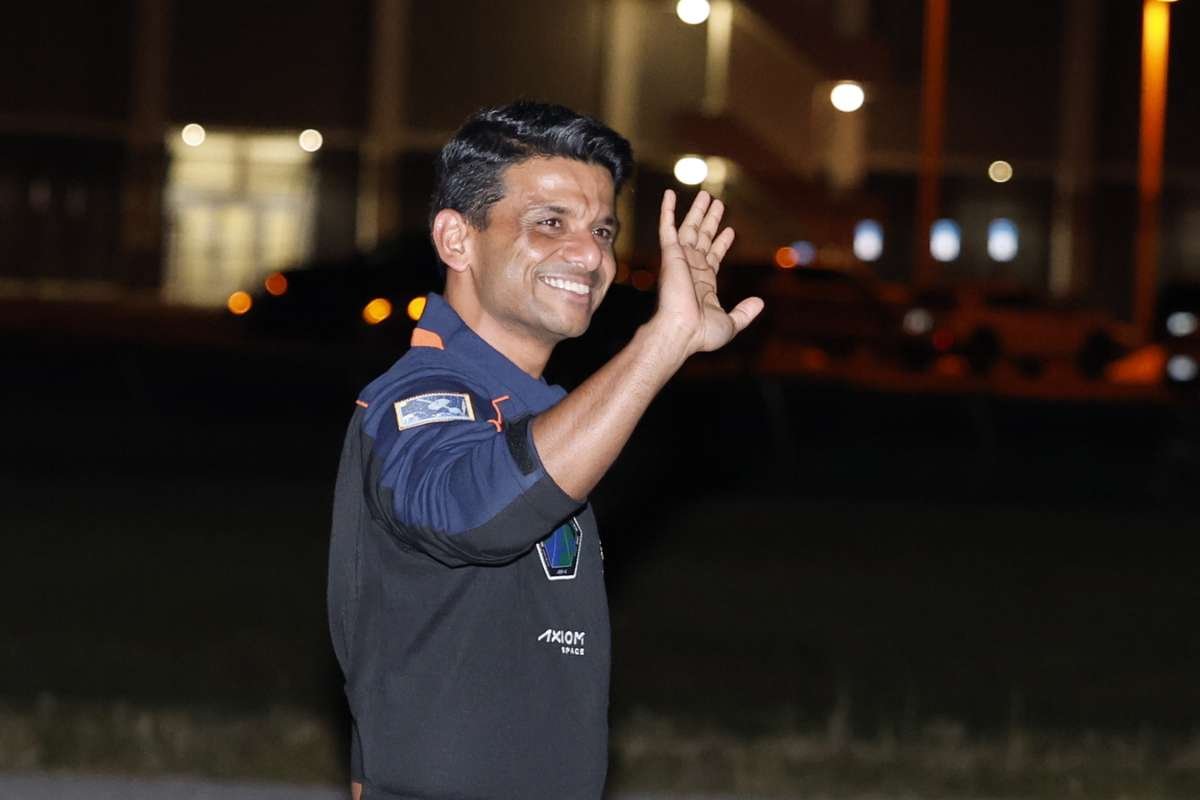Weekend Ceasefire Eases Escalating Tensions
India and Pakistan, two long-standing nuclear rivals, have both declared victory after the India Pakistan ceasefire agreement was brokered over the weekend. The truce, which came after days of heightened military tensions and direct missile and drone strikes on each other’s bases, was announced late Saturday by U.S. President Donald Trump. The conflict had brought the countries to the brink of full-scale war, one of the closest such instances in recent decades.
President Trump praised both nations for showing what he called strength and wisdom in stepping back from further aggression that could have led to massive casualties and destruction. However, within hours of the ceasefire announcement, cross-border firing resumed in the disputed region of Kashmir. Despite that brief escalation, calm returned by Sunday morning, renewing hopes that the fragile ceasefire might hold. Both sides accused each other of triggering the renewed violence, but Pakistan maintained that it was committed to implementing the ceasefire in full.
India, in a statement from its military, confirmed it had used its hotline communication channel with Pakistan to send a clear warning that any further provocations would be met with firm retaliation. India emphasized its readiness to respond strongly to any violations.
National Pride on Both Sides
Both countries celebrated the India Pakistan ceasefire as a triumph, fueling nationalistic fervor. Indian Defense Minister Rajnath Singh asserted that the strength of Indian forces had reached Rawalpindi, the headquarters of Pakistan’s military. He described the Indian offensive, named Operation Sindoor, as more than just a military action, portraying it as a demonstration of India’s political, social, and strategic determination.
Meanwhile, Pakistan celebrated with parades and rallies, particularly near the contested border. Prime Minister Shehbaz Sharif declared May 11 a national day of recognition for the military’s response to what he labeled Indian aggression. In Pakistan-controlled Kashmir, residents joined in the celebrations. A former regional leader led a large rally, crediting the country’s armed forces for protecting them and welcoming the role played by the U.S. in defusing tensions. He cautioned, however, that without resolving the core Kashmir issue, peace in the region would remain elusive.
Residents in conflict zones expressed mixed emotions. In Neelum Valley in Pakistan-administered Kashmir, one woman described the recent days as some of the scariest of her life, noting how her community lives under the constant threat of cross-border fire. She expressed relief at the return to peace, even if temporary.
On the Indian side, the mood was similarly cautious. A resident of Poonch, one of the hardest-hit regions during the exchanges, recalled past temporary ceasefires that ultimately failed to bring long-term stability. He called on both nations to resolve their disputes, stating that civilians continue to suffer amid the power struggles of nuclear states.
Escalation Began with Indian Missile Strikes
The recent hostilities were triggered on Wednesday when Indian missiles struck nine locations in Pakistan, reportedly killing 31 people. India stated the targets were terrorist training camps in response to an earlier attack in Indian-administered Kashmir that killed 25 Hindu tourists and a local guide. India blamed Pakistani-backed extremists for the assault.
Tensions escalated further as India accused Pakistan of conducting consecutive drone attacks, prompting fierce retaliations from both sides.
U.S. and International Diplomacy
The United States played a significant role in brokering the ceasefire. Secretary of State Marco Rubio and Vice President JD Vance were reported to have engaged in nearly 48 hours of high-stakes diplomacy, ultimately persuading the two countries to halt their military operations. While the U.S. initially distanced itself from the conflict, citing it as a regional matter, it shifted stance after intelligence reports raised concerns about the conflict’s potential to trigger a nuclear crisis. The involvement of other global players, including Saudi Arabia and the UK, also contributed to the final agreement.
Trump, who personally contacted both sides, expressed renewed interest in strengthening trade ties with India and Pakistan in the aftermath of the India Pakistan ceasefire.
Military Claims and Unverified Numbers
The Indian military claimed it lost five soldiers during the clashes and alleged that Pakistan suffered 40 military casualties, along with the deaths of 100 alleged terrorists. India also reported that it had downed multiple Pakistani planes but provided no further details.
In response to Pakistani claims, backed by expert assessments, that Pakistani missiles had taken down three Indian fighter jets, including advanced French-made Rafale aircraft, India acknowledged losses as an expected part of warfare, adding that all its pilots had returned safely.
As the guns fall silent for now, the people of Kashmir remain cautious. The India Pakistan ceasefire may have stopped immediate bloodshed, but the underlying tensions over the dispute remain unresolved.
Explore more news in our Business Viewpoint Magazine.







